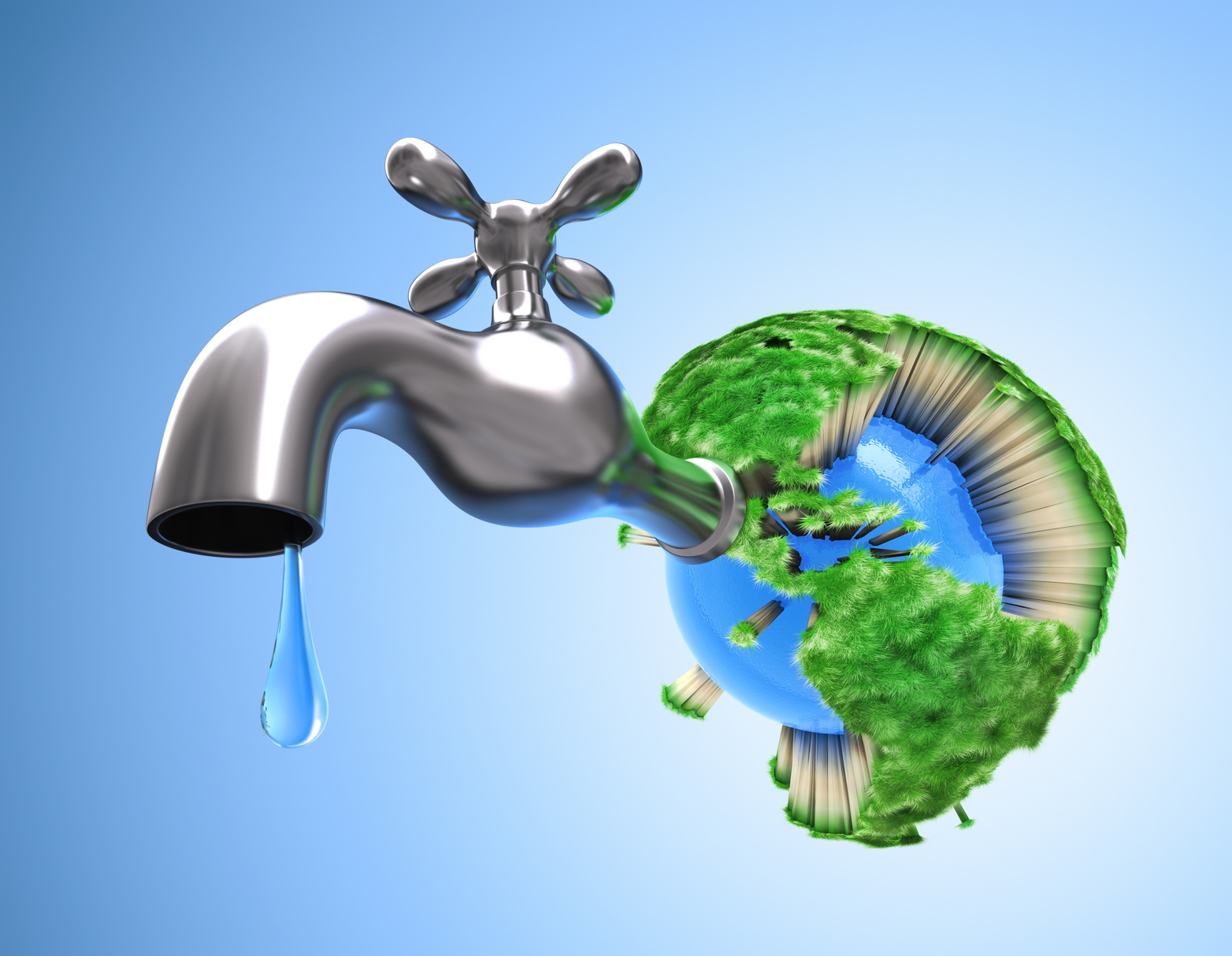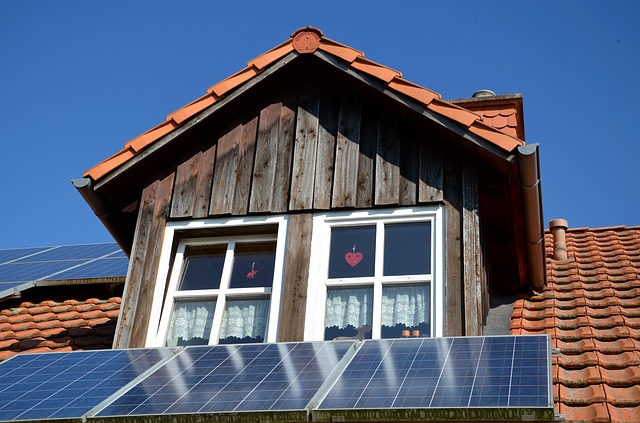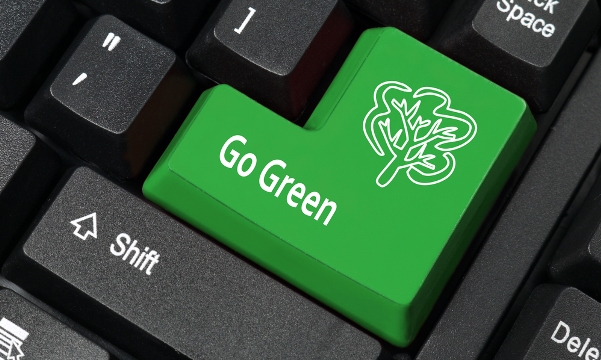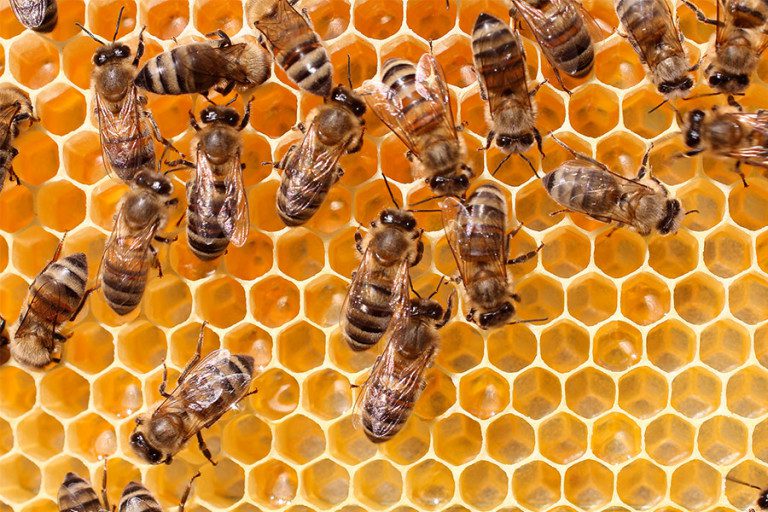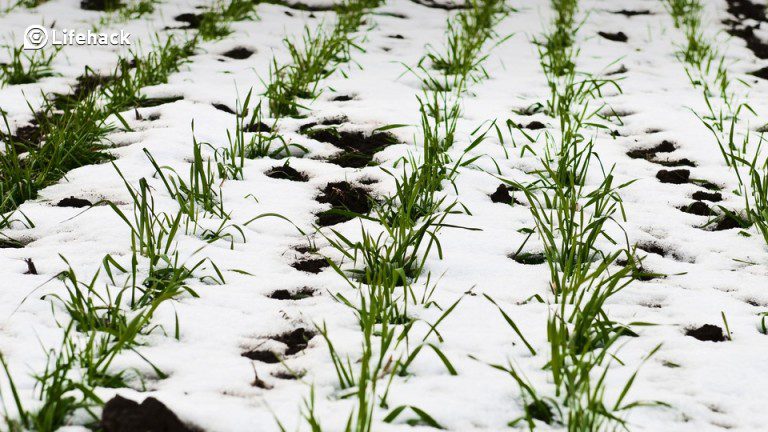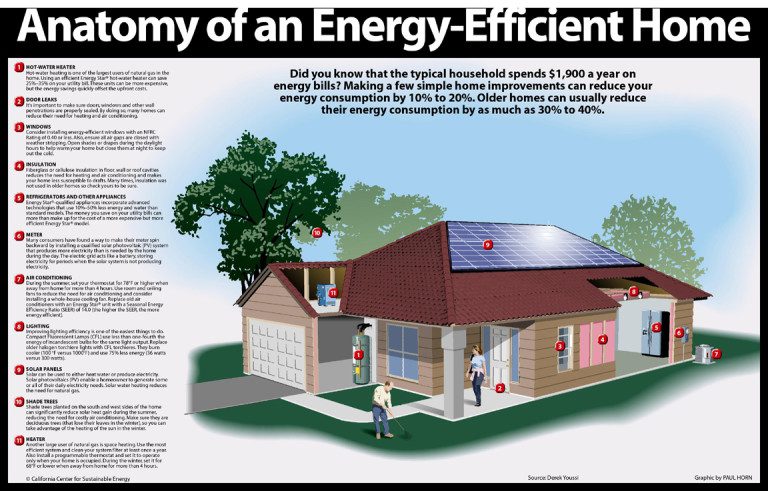by Angela Brady, Demand Media
Repairing a single dripping faucet can put a dent in your water bill.
The average U.S. family of four uses about 400 gallons of water per day. Toilets account for the greatest portion of indoor water consumption, using about 26.7 percent of the total, followed by laundry at 21.7 percent, and showers and baths at 16.8 percent. Leaks are common enough that they use about 13.7 percent of the indoor water supply. About 30 percent of household water is used outside, however, and about half of that is used for watering landscaping. You can drastically lower your water consumption by adopting new habits and installing some new equipment.
1
Replace your shower heads, faucets and toilets with low-flow fixtures marked with the WaterSense logo. This seal means that the fixture meets U.S. Environmental Protection Agency criteria for water efficiency.
2
Turn off the water while shaving, brushing your teeth or hand-washing dishes. Only run the water when you are actively using it. Take showers instead of baths, and turn off the water while soaping.
3
Scrape dishes instead of rinsing them, and add the food to a composter instead of flushing it down the garbage disposal.
4
Use clean cooking water for watering houseplants or cleaning garden implements. Never throw such water away. Unless it is chemically contaminated, it is safe for outdoor use.
5
Purchase a high-efficiency washing machine and wash only full loads. Only run the dishwasher when it is full, too.
6
Repair all leaky faucets, toilets, shower heads and irrigation systems. According to the EPA, a leaky toilet alone can waste 200 gallons of water per day.
7
Water your lawn only in the early morning or evening to avoid losing water to evaporation, and use rain captured in rain barrels to do so, if your state’s water-rights laws permit it. Aim your sprinklers toward vegetation and away from pavement. Install soaker hoses or drip irrigation systems in areas with trees or shrubs. These plants need water less often, but they need it longer per session so there’s enough to reach the deep roots. Install moisture sensors to avoid overwatering, which is bad for your plants as well as wasteful.
8
Sweep outdoor areas clean instead of spraying them with a hose. When a hose is necessary, use a nozzle that allows you to control the water flow and shuts off when you let go.
9
Cover your pool during the off-season or during other extended periods when you’re not using it, to hinder evaporation. Also install a water-saving filter. Don’t install fountains unless they reuse their own water on a continuous loop.
Tip
- Add food coloring to your toilet tank. If it seeps into the bowl without flushing, your toilet is leaking.
- Plant native species in your yard to reduce the amount of water you use in irrigation.
- Use sprinkler heads that spray droplets instead of mist to avoid losing water to evaporation.

